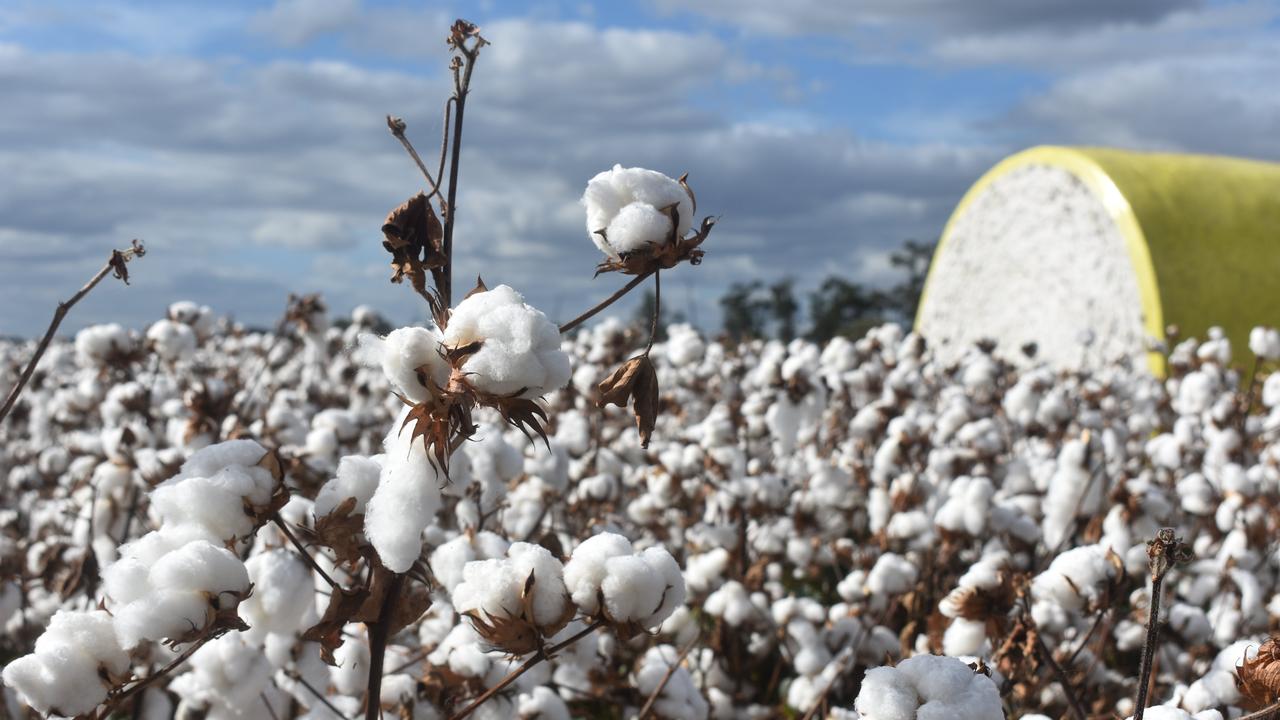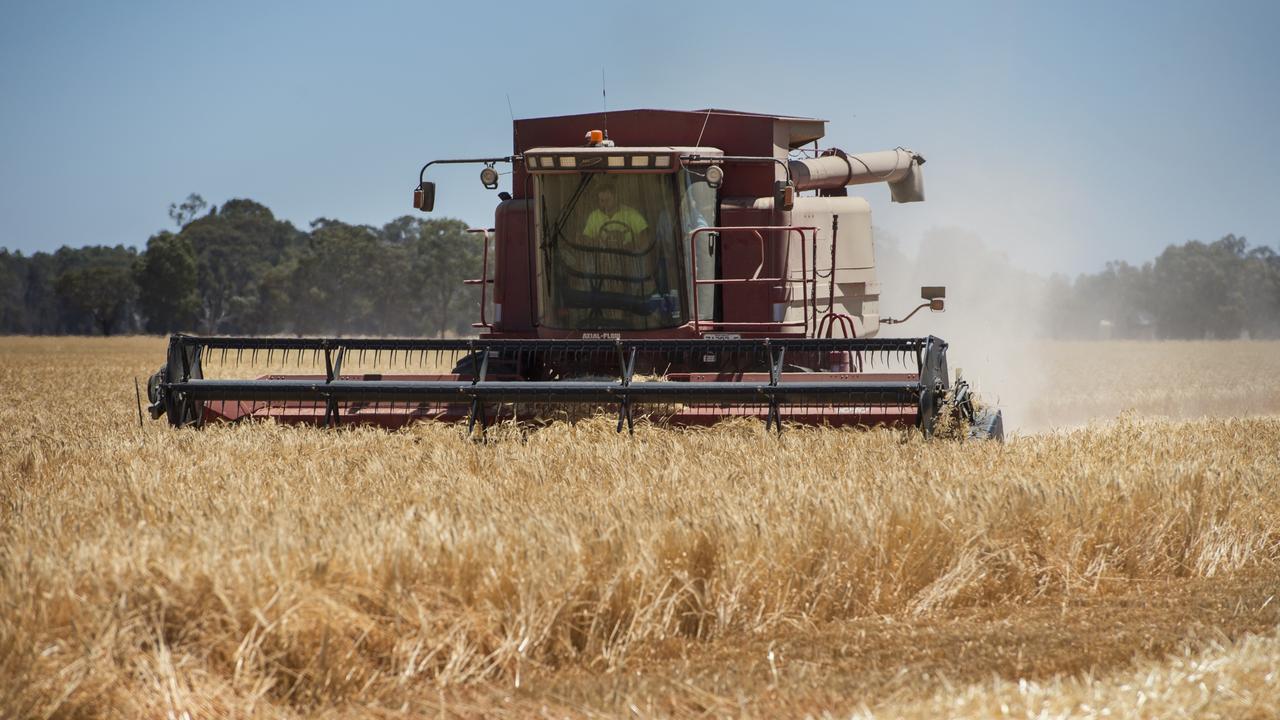October rain provides last-minute boost to Victorian crops
Rain has provided a last-minute boost to winter crops as Victorian farmers wind the clock down to harvest. See where it fell.
RAIN has provided a last-minute boost to winter crops as Victorian farmers wind the clock down to harvest.
Emerald Grain southeast Australia manager Brad Cullen said there was windrowed canola on the ground as far south as Birchip in the Mallee while barley harvest was a week to 10 days off for most people.
Mr Cullen said despite rain over the past week falling so close to harvest it would still be classified as beneficial.
In the Mallee, Mildura recorded 22mm in the seven days to 9am yesterday ahead of 18mm at Annuello 17mm at Werrimull, 13mm at Ouyen and 12mm at Birchip. The best falls in the Wimmera were at Stawell (15mm), St Arnaud (14mm) and Donald (12mm).
In northern Victoria, Inglewood picked up 20mm, Cobram 17mm, Charlton 14mm and Dunolly, Tatura and Yarrawonga 13mm.
“The wheat everywhere is green (following rain in September and October) so it is really going to fill up those heads – that applies to the Wimmera, Mallee and North East Victoria,” he said.
“We have seen some early barley samples at Woorinen, and I’m also hearing Kyalite (in southern NSW), and so far the quality has been pretty good.”
In the North East, Biggara recorded 60mm for the week ahead of Lake Eildon and Mitta Mitta (47mm), Barnawartha (42mm) and Enderlee (37mm) while in the east of the state Glencairn picked up 58mm, Omeo 40mm, Glenladale 39mm, Ensay 38mm and Stratford 33mm.
Skipton recorded the best in the west with 26mm, followed by Warrambine with 24mm, Westmere with 23mm, Ballarat with 22mm and Ararat and Inverleigh with 20mm.
Rain and wild weather along the eastern seaboard in the past week, however, did come at a cost, with reports of hail and rain damage to bumper crops in western NSW, causing heartbreak for farmers at harvest time after successive years of drought.
In the past week, Gunnedah recorded 92mm, Quirindi 91mm, Barraba 70mm, Narrabri 65mm, Parkes 53mm, Walgett 51mm, Wee Waa 50mm and Moree 45mm.
In southern NSW, 89mm in Tumbarumba caused flooding while Khancoban recorded 74mm, West Wyalong 40mm, Young 36mm, Darlington Point 32mm and Temora 26mm.
Meanwhile, of the more than 170 weather stations in southern Queensland, NSW, Victoria and South Australia’s South East, 65 have already recorded a wetter-than-average 2020, with 100 tracking at 90 per cent or more.
In Victoria, the wettest centres compared to the long-term annual average include Nhill and Hopetoun which have recorded 387mm and 341mm respectively, or 116 per cent of their annual long-term totals. Ararat has recorded 666mm for the year, equal to 114 per cent of its 12-month average ahead of Shepparton (485mm or 112 per cent), Avalon (497mm or 110 per cent) and Geelong (566mm or 108 per cent).
Other Victorian centres to have already surpassed their long-term annual average rainfall totals include Bendigo (537mm), Mortlake (612mm), Horsham (386mm), Castlemaine (609mm), Redesdale (600mm), Lake Eildon (860mm), Echuca (431mm) and Yarrawonga (463mm).
MORE
AUSTRALIAN WINTER CROP PRODUCTION TO BOUNCE BACK



